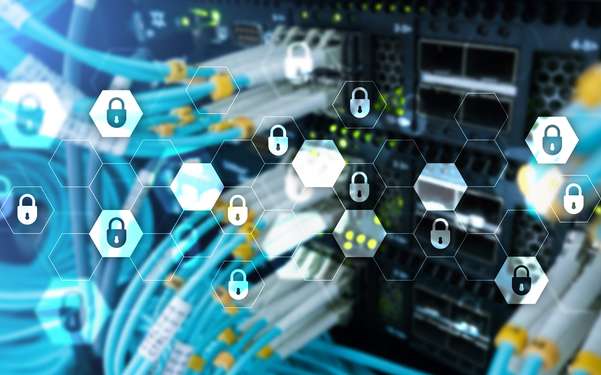Cybersecurity is more important in all departments now than ever due to advancements in technology. IT deals with some issues such as putting firewalls and protecting information, but the role of HR in determining the manner in which workers perceive safety measures and apply them cannot be underestimated too. Combining efforts, these two sectors could create awareness among every individual on ways of guarding their network; this would help avoid threats such as data leakage or cyber-attacks before they happen.
The Role of HR in Cybersecurity
You may think of recruitment, perks and relations when considering HR; however, it is involved in much more than that. The HR department can determine how the workers will relate with the information and technical procedures of the enterprise. Since employees are the first line of defense against cyber threats, it’s up to HR to help them understand how to protect themselves and the company.
To begin with, when hiring new workers HR should train them on cyber security as part of the other training programs. Each new employee must receive understandable instructions concerning various issues: secure passwords usage, client information safeguarding precautions, and identification emails frauds. However, this is not enough as education on how to deal with and prevent cyber-attacks needs to be provided continuously, so that all employees are aware of emerging menaces. This cybersecurity blog also shares tips on emerging risks and practical advice that HR teams can use to strengthen their security training.
IT’s Role in Cybersecurity
IT departments focus on protecting the company’s digital infrastructure—networks, data, and devices. But no matter how good the technical security measures are, they don’t mean much if employees don’t follow the right protocols. That’s where IT and HR come together.
IT can put tools in place, like encryption, firewalls, multi-factor authentication, and residential proxies to protect the company from external threats. However, it’s HR’s job to make sure employees understand how to use these tools and why they matter. IT can also help HR design realistic training programs and ensure employees know how to handle sensitive information securely.
Working Together to Build a Cybersecurity Culture
To create a solid cybersecurity culture, HR and IT need to team up. Here are a few ways they can work together:
Create Training Programs That Stick
Employees should receive continuous cybersecurity training. The human resource department, in collaboration with the IT, needs to organize interesting and regular sessions regarding phishing attacks, creating secure passwords, as well as safe online conduct. Additionally, it may be beneficial to conduct mock-phishing exercises in order to determine the level of observation among staff.
Establish Clear Cybersecurity Policies
Employees need clear rules for what’s expected when it comes to cybersecurity. HR can work with IT to write straightforward policies on things like device security, password creation, and sharing sensitive information. These policies should be easy to access and updated regularly to reflect new threats or changes in security standards.
Promote Everyday Security Habits
Developing good habits is also important in cybersecurity, besides policy adherence. IT and HR can collaborate to continuously reinforce compliance requirements, such as using 2FA, avoiding suspicious email hyperlinks, and protecting their gadgets through access codes or fingerprints. Some easy reminders sent at intervals could make employees keep watch for dangers.
Create an Open Environment for Reporting Issues
If employees feel uncomfortable reporting security issues, it could lead to problems down the road. HR and IT can work together to create a culture where employees feel safe to report mistakes or suspicious activity without fear of punishment. This openness can prevent minor issues from becoming major breaches.
Aligning HR and IT for Success
For a cybersecurity culture to work, HR and IT need to communicate and stay aligned. Regular meetings between the two teams help ensure that training programs are working, security policies are being followed, and any new cybersecurity risks are quickly addressed.
HR can also help IT by gathering feedback from employees about their training experiences, while IT can provide insights into areas where employees may be struggling or where new threats are emerging.
The Benefits of a Cybersecurity-Focused Workforce
There is an advantage to involving all employees in matters of preventing cyber crime because it enhances the security of the entire establishment. Educated workers are not easily fooled by phishing or other errors in the security system that may occur which could expose them to harm and danger. Additionally, confident staff on matters about their safety will adhere to guidelines and carry out their duty of safeguarding any delicate document.
A strong cybersecurity culture also means the company is less likely to experience data breaches, saving money, protecting the company’s reputation, and keeping customers’ trust intact.
IT specialists are not the only ones responsible for cybersecurity. To achieve this, there should be cooperation between the human resource department and the IT department so that employees may be aware on what they can do to help in keeping the organization safe. When HR and IT combine their efforts, they will be able to create a safe working environment that can be adjusted for any employee.
Guest writer


























